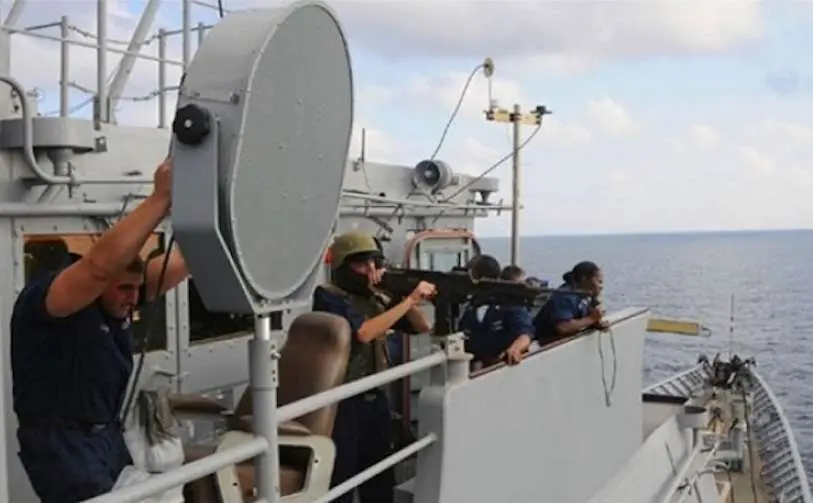Acoustic weapons, a new military technological capability?

Acoustic weapons (also called sonic or ultrasonic weapons, USW) are devices that use the effect of sound waves in order to kill, injure or incapacitate the enemy. Instruments that can be described as "acoustic weapons" already exist today. Perhaps the best known is the Long Range Acoustic Device (LRAD) used by US security forces. This device is capable of directing a highly concentrated and controlled pulse of sonic waves in such a way that the user of the weapon and those around the target are virtually unharmed.
In the field of crowd control and area denial, these devices are ideal. In addition to being used as public address devices, they can also be used as non-lethal weapons to disperse or incapacitate targets through the use of high intensity sound. High concentrations of sound waves (around 120 dB) can cause nausea and discomfort, while extremely high concentrations (above 140 dB) cause pain, confusion, disorientation and can even cause severe and permanent internal hearing damage. Severe and long-lasting exposure can also lead to muscle spasms and even abnormalities in the functioning of the central nervous and cardiovascular systems as well as the respiratory system.
However, the application of these principles to conventional warfare is not particularly practical, at least with today's technology. There are two reasons for this:
- These weapons are usually relatively bulky and heavy devices, which limits their mobility. A standard LRAD, for example, weighs about 30 kg.
- It is rare for sound to cause death or extreme incapacitation; at least not with the speed and reliability that would be necessary in a conflict, as it would require very high decibel levels or very long exposures to cause potentially lethal damage. These are weapons that are relatively easy to protect against with simple ear equipment, such as helmets or earplugs.
The use could constitute a violation of international humanitarian law on two grounds:
- Article 35 of Protocol I Additional to the Geneva Conventions specifies that "the use of weapons (...) of such a nature as to cause superfluous injury or unnecessary suffering is prohibited". Thus, it could be questioned whether acoustic weapons can meet the requirement of "military necessity", i.e. to kill or incapacitate the enemy, without causing unnecessary suffering. In the light of the above considerations, this seems unlikely.
- The Convention on Certain Conventional Weapons, signed and ratified by Spain, prohibits in its Protocol IV the use of laser weapons designed to permanently blind the enemy. It is not unreasonable to draw an analogy with acoustic weapons, which could easily cause permanent deafness.
The US and China have already been developing such devices. Whether or not these acoustic weapons become practical for conventional engagement, they are certainly indicative of the speed at which military technology is advancing, and a wake-up call urging countries to stay ahead of the curve.
In the case of Spain, interest in acoustic weapons seems limited, if not non-existent. The Defence Technology and Innovation Strategy (ETID 2020) only alludes in its Annex A, point 1.1.1. to "acoustic effect munitions" as a line of R&D&I of interest, but without specifying anything else in this regard. Given the current economic and socio-health situation, it is unrealistic to wish for more investment in defence. Therefore, the best option would be to collaborate with its allies, both at NATO level and in the European Union, in order to share the burden of spending on programmes, and to work together on research and development of new technologies applied to defence.
Edgar Jiménez. Articlo30

